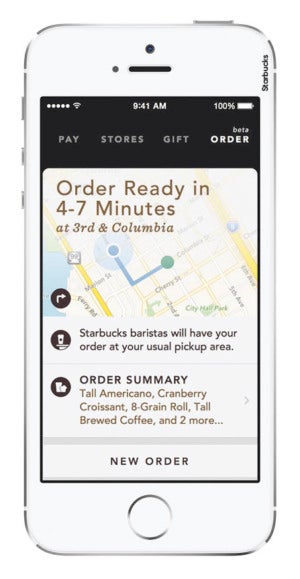We’re all used to the idea that most of our transactions are automated. Buying clothes for many of us involves looking at something on screen, clicking a box and trying it on when it arrives through the letterbox. In fact, we don’t even necessarily have to speak to anyone when that sparkly red jumper turns out not to fit at all. We just pop it back in the bag and fire off an e-mail.
But do customers still value human interaction throughout the customer journey? Or does it differ depending on the product?
Heather Richards, chief executive of customer service software company Transversal, says: “The biggest driver of customer satisfaction is ease of use. Sometimes making it easier means not having to wait to talk to a person. A significant proportion of customers prefer to do their research when purchasing online and expect to be able to access information 24/7.
“What most people appreciate is an effortless experience, whether with a human or a robot. Answers delivered quickly, with minimal effort by the customer. When they need to speak to a customer adviser, they expect to be dealing with an expert.
Many of us will always opt for the human member of staff over the self-checkout machine
“For example, complex or costly services and products can often mean people need the reassurance of an expert to know that they’re getting the product or service they require, whether that’s a new car purchase, a child’s car seat, the right kind of financial product or when they need more urgent assistance, such as in the event of their vehicle breaking down.
“But with increasingly complex services and products it is a growing challenge to keep customer advisers up to date and increasingly efficient at the same time.”
This is where artificial intelligence and cognitive knowledge solutions are transforming the customer journey.

The Starbucks app minimises human contact by enabling customers to order and pay by phone
Robot vs human interaction
Frank Palermo, global head of digital solutions at fintech company VirtusaPolaris, says customers have taken back power. “We’re able to do more research on a purchase before actually making it, thanks to the amount of data we now have available,” he says. “However, while many of us want more control and freedom at the beginning of the buying journey, we don’t necessarily want a humanless experience, especially for large or important buying decisions.”
Mr Palermo believes that people still want a human rather than a machine, but context is key. “We are generally happy to complete transactional jobs, for example online shopping, without interaction,” he says. “If it will take longer to go through a human, we’d rather use a machine. But many of us will always opt for the human member of staff over the self-checkout machine, if it’ll take the same amount of time.”
When the stakes are higher, human input becomes more important. He says: “Think of buying a home, a car or a life insurance policy – would you really be more satisfied doing this through an app without any human interaction?”
What has changed, even for these high-value purchases, is the type of interaction. Gone are the days of the old-school used car salesman. Because we’re data rich, we no longer respond to the hard sell as we know our options, what the costs should be, what features we need and what we don’t need.
“This means the interaction with the human is more consultative, requiring different skills,” says Mr Palermo.

